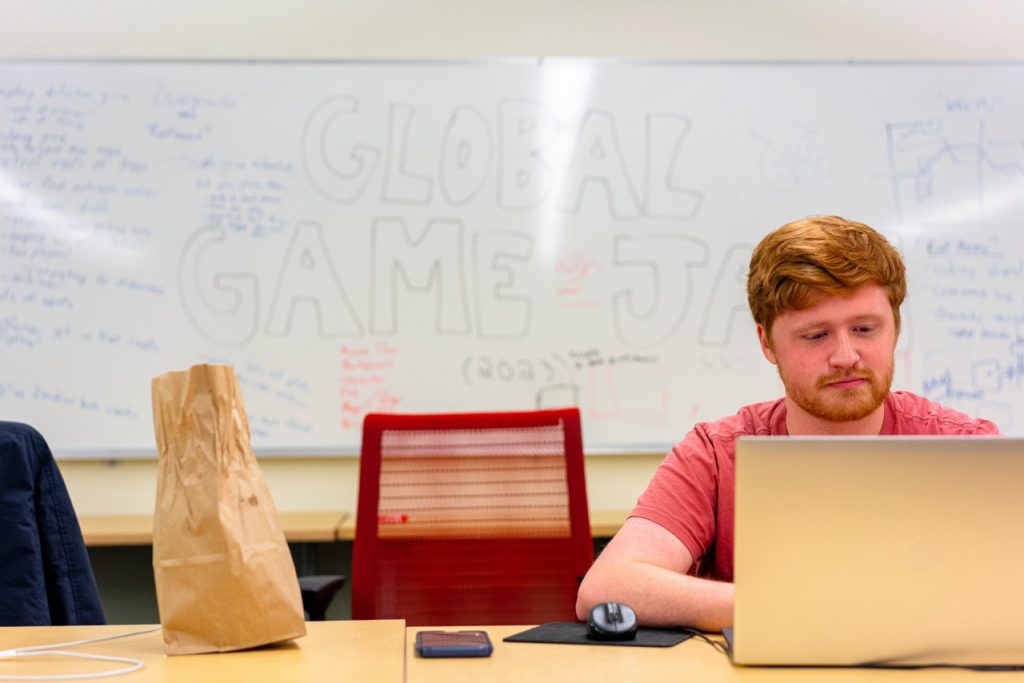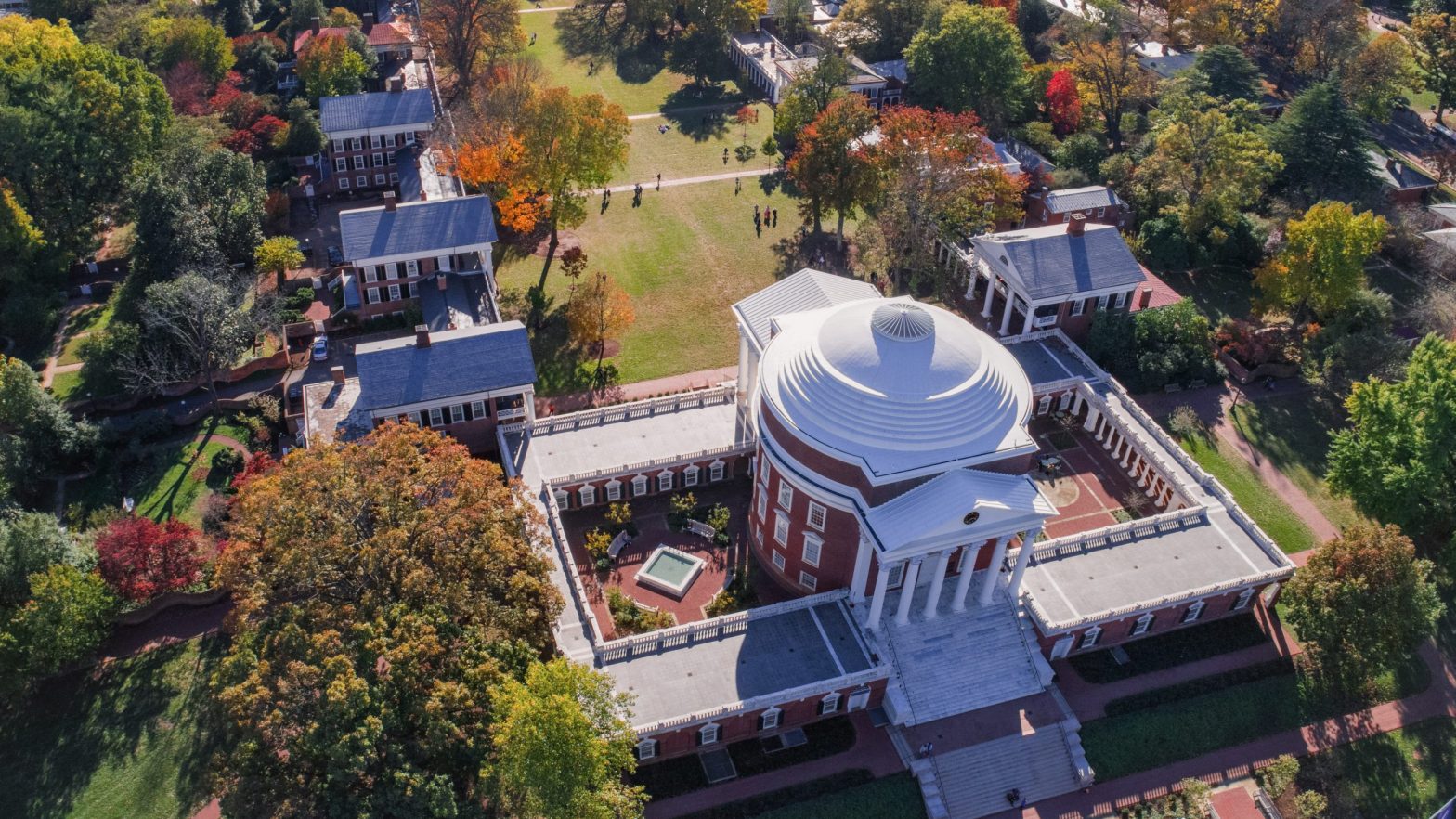Nearly two years ago, Virginia became the first Southern state to abolish the death penalty. Before then, the commonwealth had executed over 1,300 people—more than any other state.
As the head chaplain on Virginia’s death row, Reverend Russ Ford ministered to men sentenced to capital punishment throughout the 1980s and ’90s, and walked 28 of them to the death chamber. In his new book, Crossing the River Styx: The Memoir of a Death Row Chaplain, Ford recounts the strong relationships he built with more than a dozen condemned men, and the drastic spiritual transformations many experienced before they were put to death. With co-authors Todd and Charles Peppers, Ford details the men’s horrific crimes and their numerous victims, but also exposes injustices within the prison system, making a strong case against capital punishment throughout the book, published by University of Virginia Press.
“We did everything we could to bring to the reader the worst that these men did,” says Ford, “[but] also showed the human sides of these men.”
Ford immediately pulls readers into the 240-page memoir with a horrifying memory—almost becoming the 245th person killed by Virginia’s electric chair. When Ricky Boggs’ execution was delayed, Ford, after receiving permission from a prison official, went to comfort Boggs while he sat in the electric chair, putting his hand on the condemned man’s hand. A prison official, his back turned to Ford, soon pulled the chair’s activation switch. If someone had not shouted Ford’s name, causing him to lift his hand in the nick of time, he could have been electrocuted along with Boggs on July 19, 1990. Nightmares haunted Ford for weeks after the execution, something that would become a normal occurrence throughout the 13 years he served as a death row chaplain at Virginia State Penitentiary and Greensville Correctional Center.
Born in Richmond in 1951, Ford grew up in poverty in Chesterfield County, where his parents instilled a strong Christian faith in him. At 18, a powerful spiritual experience at a youth camp inspired Ford to become a minister. While attending Southeastern Seminary, he interned as a chaplain at Hanover Learning Center, a now-shuttered juvenile detention center. “It was tough … [but] I enjoyed it a lot and was successful with it,” and it led to prison ministry, Ford says.
After he graduated with a master of divinity in 1977, Chaplain Service, a nonprofit ministry that served Virginia’s prisons, appointed Ford and senior chaplain Marge Bailey to replace the VSP’s former head chaplain. Ford worked at VSP—where riots, assaults, beatings, fires, murders, and other horrors were rampant—for a year, before accepting a residency at the Medical College of Virginia and serving as a part-time chaplain at HLC. Ford was working at Southampton Correctional Center when Bailey was diagnosed with cancer in 1984. He returned to VSP, where he served as a spiritual advisor for every man on death row.
In addition to leading worship services, Ford visited men in their cells, and built a rapport with them, aiming to understand their crimes and help them reform themselves. Many were neglected, abused, and impoverished as children, and had mental, intellectual, and cognitive disabilities.
“There was a lot of need and suffering. … I listened with compassion,” says Ford. Though he was not able to help every man change, “I got along with a large group of the men, and had success in relating to them.”
During the final days and hours of their lives, Ford stood death watch with more than two dozen men, praying with them and administering last rites. He hoped to help them achieve “a certain calmness and sense of wellbeing” before they were executed, he explains.
“We had men who … while they were getting ready to be executed, they treasured where they were,” says Ford. “In death, they were fully alive for the first time.”
Crossing the River Styx was decades in the making. In 1994, Ford began doing research in partnership with another writer, and completed a 180-page manuscript, but later paused working on the book. In 2001, he suffered a traumatic brain injury, and spent the next four years in rehab. Then, in 2015, Todd Peppers, a law professor and former lawyer, reached out to Ford while working on his book about death penalty activist Marie Deans, who Ford worked closely with for years. Ford did multiple interviews with Peppers, and shared portions of his unfinished manuscript. After Peppers and co-author Margaret Anderson published A Courageous Fool: Marie Deans and Her Struggle against the Death Penalty in 2017, Peppers, moved by Ford’s story, offered to help the chaplain finish his book, and recruited his child Charles, then a high school senior, to assist with research and editing.
Each chapter shares Ford’s experiences with a specific man, or, in a few chapters, several men with similar traits or cases, including exact dialogue from the chaplain’s conversations with them. Ford “took a lot of notes” during and after these meetings, and referenced his stacks of notebooks throughout the writing process. The chapters also shed light on the men’s crimes and their victims, including accounts from family members who wanted their loved ones’ murderer to be executed—and those who did not.
Throughout the book, Ford vividly describes the horrors of capital punishment. He argues there is no such thing as a “humane” execution, and that capital punishment fuels a continuous cycle of violence.
“Really no one needs to be killing other people like that. That’s just wrong,” says Ford. “There were people there [in the prison] doing these things to the men who were professed Christians, and I have a hard time seeing Jesus pulling a switch and sending 2,000 volts of electricity through someone’s body, or sticking a needle in someone’s arm and shooting them up with poison.”
In addition to denouncing the terrible conditions, inadequate medical care, and poor management he witnessed, Ford criticizes the death penalty system’s failures. Without help from death penalty activists like Deans, three men he worked with would have been executed for crimes they did not commit.
It remains difficult for Ford to read his chapter about Morris Mason, the first person he saw executed. Morris—who raped and murdered 88-year-old Ursula Stevenson and 76-year-old Margaret Keen Hand, as well as raped a 12-year-old girl and shot her 13-year-old sister in 1978—“suffered from paranoid schizophrenia [and] had the mental capacity of an eight-year-old,” writes Ford. The chaplain claims Morris did not understand death or execution.
Ford, along with fellow chaplains and Mason’s attorney (now Charlottesville mayor) Lloyd Snook, petitioned then-governor Chuck Robb to lessen Mason’s sentence to life in prison due to his disabilities. Still, Mason was executed on June 25, 1985.
“[Mason] had the biggest impact on my psyche seeing him executed like that,” says Ford. “The blistering of his face, the smell—he was being cooked inside out.”
Albert Jay Clozza also had a significant impact on Ford. Though he initially did not want to work with Clozza—who raped and killed 13-year-old Patricia Beth Bolton in 1980—due to his heinous crime, Ford later forged a strong relationship with the man.
“[Clozza] had such difficulty. At first he numbed himself [with] the drugs they gave him in prison. … Then all at once, he cleaned himself up and started working on himself,” says Ford. “He died happy.”
Death row took an immense toll on Ford. Dealing with post-traumatic stress, he found himself withdrawing from friends and family because he “could not relate.” The executions stayed with him “like a shadow,” he says.
Coleman Wayne Grey, who died by lethal injection in 1997, was the last man Ford walked to the death chamber. “I got to where I couldn’t handle it anymore. I could not go back,” he says.
Ford hopes readers will come away from the book staunchly opposed to the death penalty, and urges those already against capital punishment to remain vigilant.
“I would like for people to know the other side of the story,” he says. “Even those who may support [the death penalty] may learn something and may even be changed.”
Crossing the River Styx: The Memoir of a Death Row Chaplain will be published March 1.














